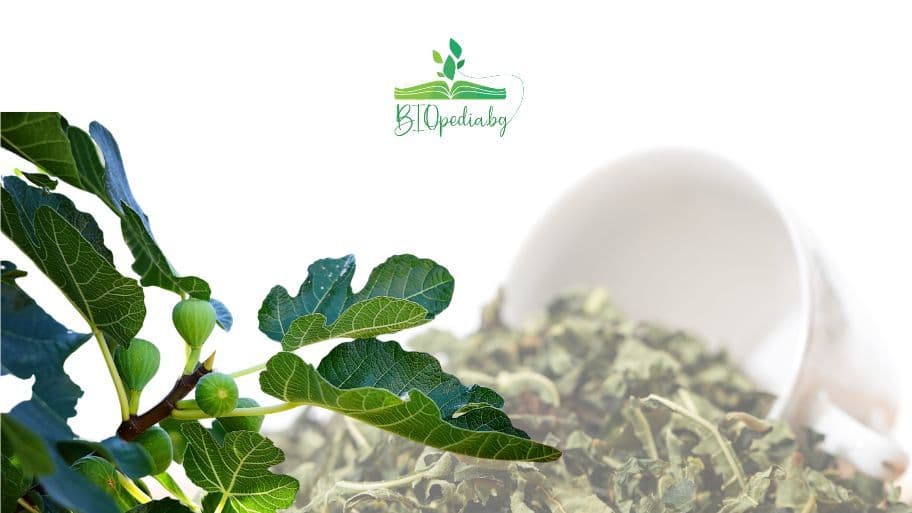Potassium - an essential mineral that the body needs on a daily basis and for the course of various processes. Since the body cannot produce potassium on its own, we need to get it through food. But how to get potassium and what do we need to consume more often? Let's find out in today's article on"Biopedia".

Despite the importance of getting potassium every day to stay healthy and support the body and a number of systems, the majority of Bulgarians do not get enough potassium from their daily diet.
This is mainly due to the lack of fruit and vegetables in the typical Western diet, to which our country is largely subject. В
Bulgaria it is recommended that healthy adults consume 4700 mg of potassium daily. Something that is almost impossible to do unless we know how to get potassium and which foods to emphasize.

Getting enough potassium in the diet is essential for bone and heart health.
It is vital for people with high blood pressure and can reduce the risk of heart disease and stroke.
In this article you will find the top 5 foods that help us get our daily potassium.
How to get potassium with white beans
Beans and lentils are rich sources and help us to get potassium. White beans are one of the best options for consuming high levels of potassium as they contain 421 mg of potassium in 1/2 cup (130 grams).
In addition, white beans contain good amounts of calcium and iron. A 1/2 cup of white beans provides 4.9 grams of fiber, which is 18% of the daily intake the body needs. It is also an excellent source of vegetable protein.

The high fiber and antioxidant content of beans can help reduce inflammation, improve colon health, and reduce the risk of heart disease and diabetes.
What's more, an extensive study involving nearly 250,000 people found that a daily intake of 1,640 mg of potassium was associated with a 21% lower risk of stroke.
Beans and lentils are good sources of potassium, and they are full of fiber, protein and other vitamins and minerals.
How to get potassium with potatoes and sweet potatoes
Potatoes are one of the best food sources of potassium. A large baked potato (about 300 grams) provides 1600 mg of this crucial mineral.

Since potassium is found in both the flesh and the skin of potatoes, it is most beneficial to eat them washed and unpeeled when the potatoes have a thin skin that is suitable for eating.
How to get potassium with beets
Beets come in a variety of colors, such as deep red, purple, and white. This root vegetable has a naturally sweet taste. 1/2 cup (about 85 grams) of sliced and cooked beets contains 259 mg of potassium.
Beets are also rich in folate and manganese. Plus, the pigment that gives beets their rich and intense color acts as an antioxidant that can help fight oxidative damage and inflammation.

Beets are also high in nitrates, which can benefit blood vessel function, fight high blood pressure and improve physical activity.
The potassium content in beets can also help improve blood vessel function as well as reduce the risk of heart disease.
How to get potassium with spinach
Spinach is a very nutritious and beneficial leafy vegetable. And for those who want to increase their potassium intake, cooked spinach is a great option because it contains 839 mg of potassium per cup of spinach.
It also provides almost 4 times the recommended daily allowance of vitamin A, 10 times the recommended daily allowance of vitamin K, about 25% of the recommended daily allowance of calcium, and almost 85% of the recommended daily allowance of manganese.

These nutrients are important for metabolism, eye health, bone health and boosting the immune system.
Dark leafy green vegetables like spinach are also full of antioxidants.
For example, spinach contains antioxidants, including flavonoids, which help protect against cell damage and aid in cell regeneration.
How to get potassium with oranges and orange juice
Citrus fruits like oranges are well known for their high vitamin C content, but they are also a good source of potassium. One glass (248 grams) of orange juice provides 496 mg of potassium.
In addition, the juice is also rich in folate, vitamin A, thiamine and antioxidants.
Detailed studies have found that people who regularly consume orange juice are more likely to meet their vitamin and mineral needs and follow a healthier diet.
They are also less likely to be obese or have metabolic syndrome.

Additionally, the high level of antioxidants found in oranges and their juice may help improve the body's ability to fight free radicals, inflammation and heart disease.
Consuming orange juice enriched with calcium and vitamin D can help improve bone health, especially since high potassium intake alone is also beneficial for bone health.
But keep in mind that orange juice is higher in sugar and provides less fiber than the whole fruit.
So it's best to opt for eating fruit instead of drinking juice as a source of vitamins and minerals.
If you choose to drink orange juice, make sure it is 100% juice with no added sugar.






Comments